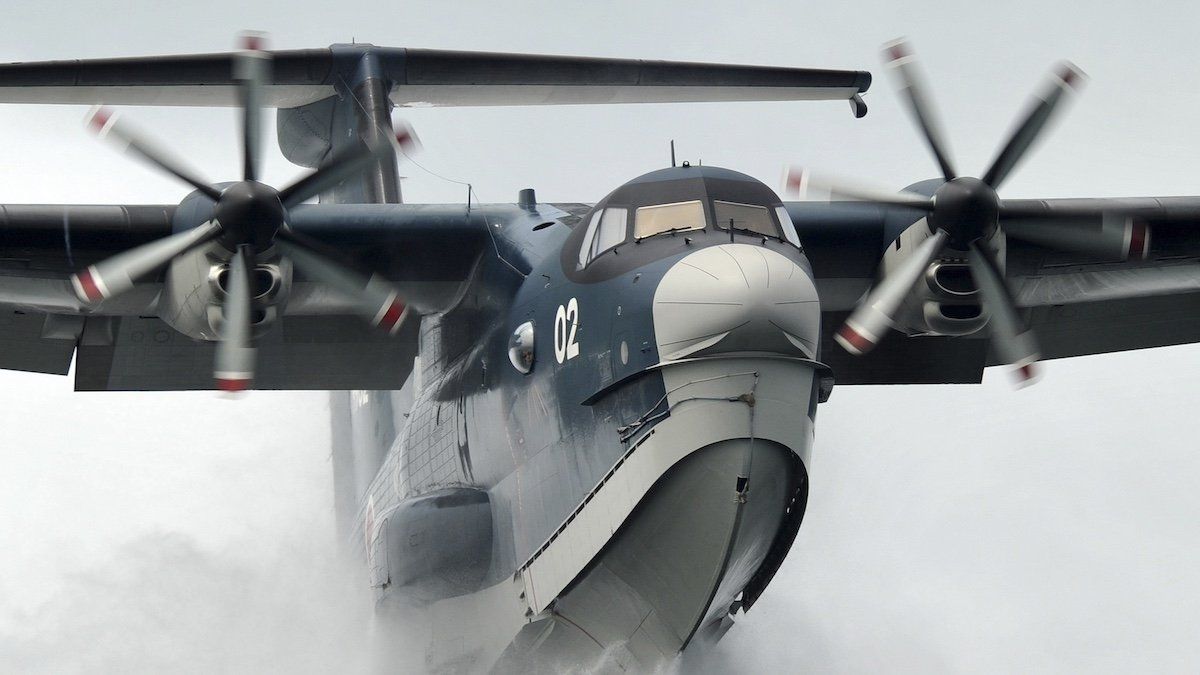The United States and Japan announced Sunday that they will deepen defense cooperation in response to increasing threats from Russia and China. US Defense Secretary Lloyd Austin, US Secretary of State Antony Blinken, and Japanese counterparts Minoru Kihara and Yoko Kamikawaannounced the move in a joint statement following a meeting in Tokyo. The announcement builds on Japan’s 2022 commitment to boost defense spending to 2% of its GDP by 2027, which will make it the third-largest defense budget in the world.
Japan currently hosts 54,000 American troops, hundreds of US aircraft, and Washington’s only forward-deployed aircraft carrier strike group. The new plan will reconstitute US forces in Japan into a joint force headquarters for better coordination. And for the first time, the two countries also discussed “extended deterrence,” meaning a US commitment to use nuclear force to deter attacks on allies.
Austin described the move as a “historic decision.” The two countries criticized Moscow’s “growing and provocative strategic military cooperation” with Beijing and labeled China’s “political, economic, and military coercion” the “greatest strategic challenge” facing the region and the world.
So far, there has been no official response from Moscow or Beijing, butpro-China media warn the deal will “put Tokyo in the front line of a counterattack from other countries, including a nuclear conflict” – a sensitive subject on the eve of the 72nd anniversary of the bombing of Hiroshima and Nagasaki, on Aug. 6 and 9.